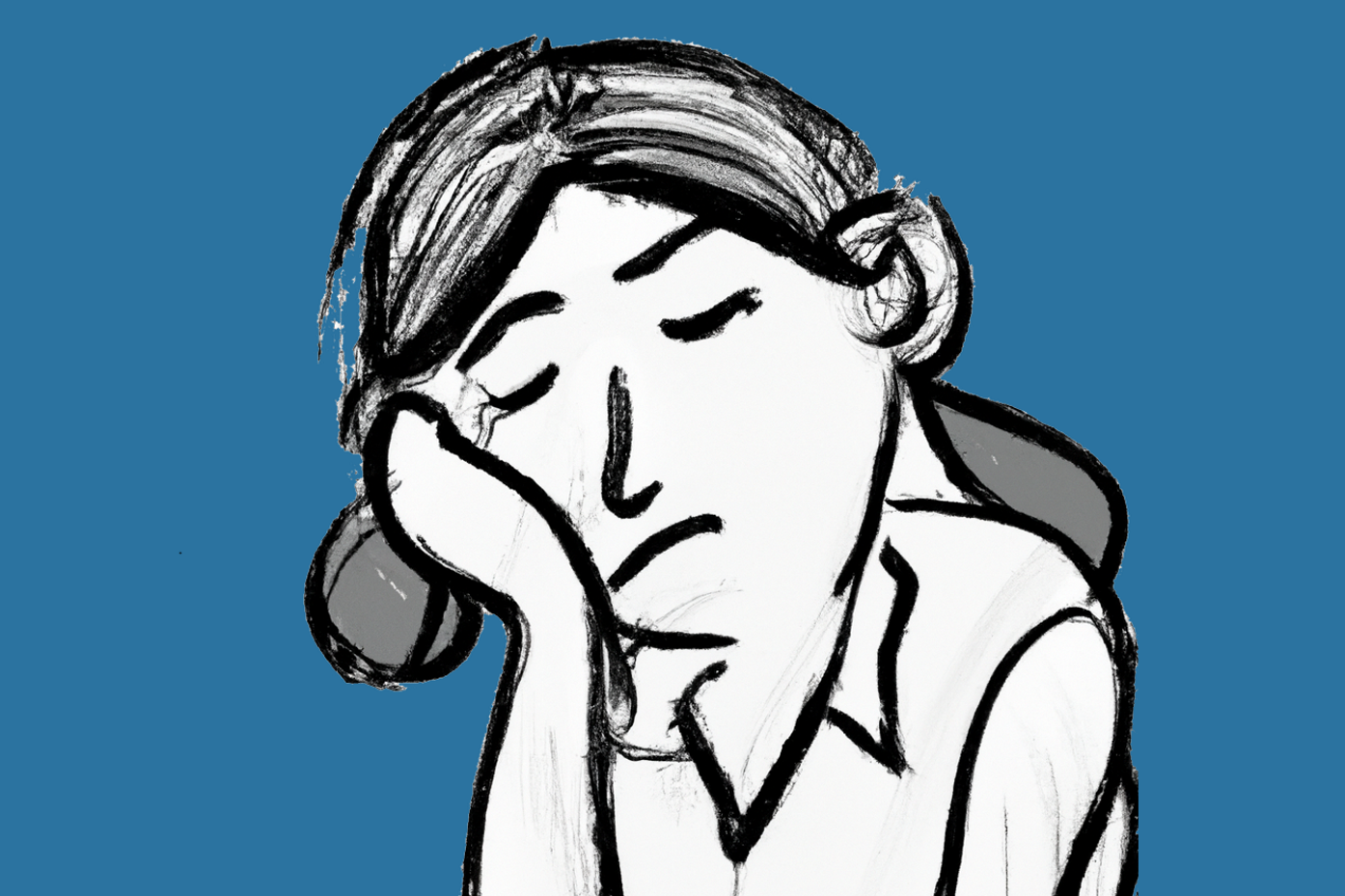
Preventing burnout
The potential for burnout seems to only be growing in our fast-paced, always-on world. But burnout isn’t caused by the amount of work, there are also many other factors at play.
Recently Inc magazine shared highlights of a soon-to-be-released book called The Burnout Challenge (due out late Nov 2022). Inc reports that the research-authors of the book came up with six ‘mismatches’ that are contributing to high burnout. As we reflect on these, we see that our own ‘Be SAFE & Certain’ model aligns strongly with the mismatches described in this book
As ‘burnout’ becomes a word now in daily usage, perhaps the adage, ‘prevention is better than cure’ is highly relevant and both the mismatches described in the book and the Be SAFE & Certain model can be guides to help prevent burnout.
The Be SAFE & Certain model and burnout
The Be SAFE & Certain model elements are Belonging, Status, Autonomy, Fairness, Expectations and Certainty. Each of these elements is programmed into the brain as an innate need. As part of its effort to keep these needs fulfilled, the brain releases the stress hormone cortisol when it interprets that one or more of these elements are missing or threatened. These chemical messages are intended to notify us if a situation is bad for us, but mostly we’re not listening to nor obeying these messages and we just get more and more cortisol in our bodies, creating more and more stress.
And that is a huge part of the burnout problem – too much cortisol in our bloodstream along with another part of the brain wearing itself out trying to manage all those stress chemicals, all leading to mental and physical exhaustion.
For example, a feeling that we don’t belong generates stress chemicals. More cortisol will be added with feelings of uncertainty, or when we feel a lack of control or autonomy over our work, when things feel unfair, when our expectations are not met, and when we feel that we are not appreciated or relevant (which is a threat to our sense of status).
Preventing burnout using Be SAFE & Certain
Following the model, here are some steps you can take to reduce stress and the potential for burnout. These steps are partly about preventing cortisol but also intended to get the brain to produce some dopamine, which can help counteract cortisol in the body and provide a bit of energy and motivation.
- Create more of a sense of Belonging – many people’s sense of belonging has been shattered as they’ve spent almost 3 years working from home. It’s become lonely and lacking community; invest in re-building a sense of belonging with your teams.
- Make sure that people know that they are appreciated and relevant through positive feedback and recognition. This will build their sense of Status.
- Give people some power and Autonomy over their work – give them outcomes to reach but choice about how they get their work done.
- Aim for Fairness and equity in how people are treated. Understand that fairness is always a perception – and feelings of fairness fester without communication, so let people know how and why you have made certain decisions.
- Employees may have accepted a job years ago and the current situation isn’t matching the initial Expectations, which creates disappointment and stress. In this economically challenged situation, expectations for pay rises or bonuses may be disappointed. Invest in expectations-setting conversations and psychological contracting.
- Our sense of Certainty is threatened by a hugely uncertain world. You cannot create complete certainty for people, but you can attempt to share what you are certain about – what do you know and what can you commit to?
All of these elements work together. So even if you are lacking certainty, you can compensate by doubling down on belonging and some of the other elements.
You can learn more about these six human needs and the research behind them in our paper on Be SAFE & Certain You can also learn more about burnout and recovering from burnout from the recording of our Burnout Recovery Webinar.
“I’m so angry I want to scream!”Sleep better, work better: Can lack of sleep make you selfish?